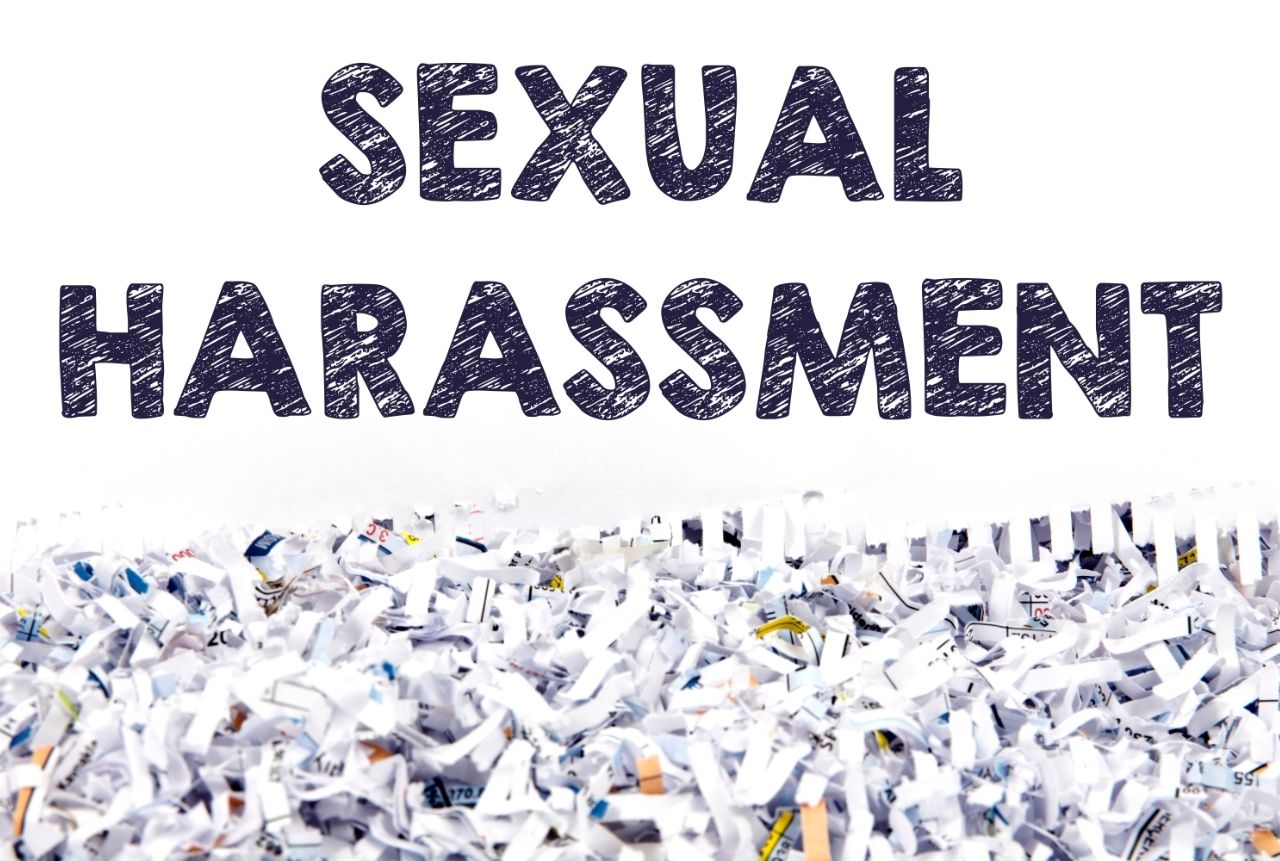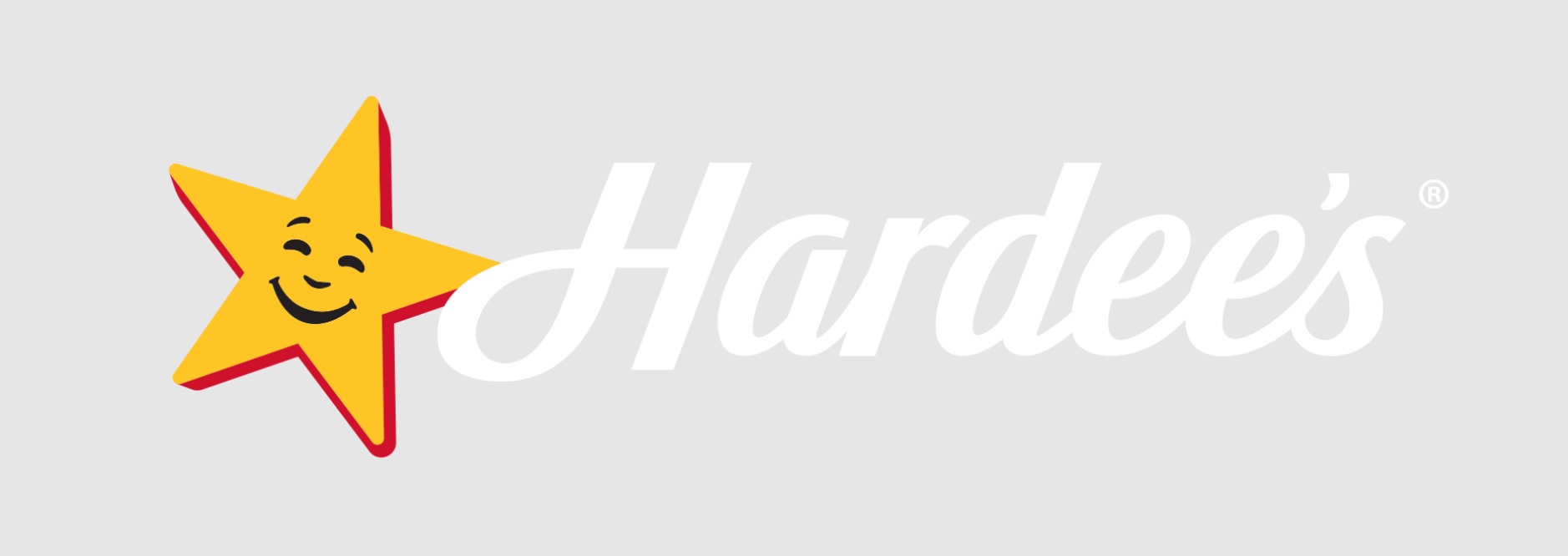Definition of Sexual Harassment
According to the guidelines of sexual harassment from Title VII of the Civil Rights Act of 1964, it consists “unwelcome sexual advances, requests for sexual favours and other verbal or physical conducts of a sexual nature to another employee against his or her wishes”. The U.S. Equal Employment Opportunity Commission (EEOC), adds that sexual harassment occurs “when submission to or rejection of this conduct explicitly or implicitly affects an individual’s employment, unreasonably interferes with an individual’s work performance or creates an intimidating, hostile or offensive work environment.”
The term “unwelcome” in the definition of sexual harassment gives rise to a lot of confusion because it may be subjective. However, it is important to understand how the unwelcome behaviour makes the other person feel to determine if it is really sexual harassment. In other words, what may be considered a harassing behaviour to one person may be simple social interaction to another. The line between work and social interaction in the workplace can easily be blurred. And that makes monitoring harassment all the more difficult.
Schultz (2003) commented that in the book of The Bureau of National Affairs, sexual harassment definition includes, but is not limited to, “sexual innuendoes, sexual propositions, jokes of a sexual nature, sexually suggestive cartoons, suggestive or insulting sounds, leers, sexually related whistles, and obscene gestures. In addition, pinching, brushing against another person’s body, and subtle pressure for sexual favours is considered harassment.” The discussion section notes that “different people have different ideas as to what constitutes sexual harassment” and warns that the following acts may be considered harassment by some, even if not considered harassment by others: (Schultz, 2003)
- A male manager habitually puts his hand on the shoulder of a female employee while explaining something to her.
- An employee tells dirty jokes to co-workers.
- A supervisor or co-worker repeatedly asks an employee for a date.
- A co-worker constantly talks about his or her sexual experiences or dreams.
Sexual harassment quite often implies abuse of power and status and is not limited to some inappropriate touches or glances or offensive remarks. Inappropriate remarks indicating sexual harassment are more easily prohibited and punishable since they are more usually witnessed by others. However malicious and unnerving glances, stalking, and eventually inappropriate touching cause more psychological stress and anxiety to the victim and cannot always be proven that it really happened. It is this type of sexual harassment which is particularly offensive and can result in different psychological problems and lower quality of work (Robbins, Bender & Finnis,1997; Seymor, 1999). Quite often the issues, which are particularly necessary for psychological health and good performance of work (Frankenhaeuser, 1996; Karasek & Theorell, 1990), are influenced by sex-biased attitudes. Among them are work performance, support, and the level of professionalism. Therefore, these issues should be thoroughly studied in order to promote “healthy relationships” in the staff.
The controversial high profile sexual harassment case involving a nominee to be a member of the US Supreme Court, Clarence Thomas and her former aide, Anita Hill, created much awareness on the issue of sexual harassment in the workplace and Congress started to pay more serious attention to sexual harassment claims (Phelps and Winternitz 1993). Totenberg (1994) described: “The hearings ripped open the subject of sexual harassment like some sort of long-festering sore. It oozed over every workplace, creating everything from heated discussions to an avalanche of lawsuits” (p.7).
Anita Hill claimed that Clarence Thomas engaged her in lewd stories about his sexual interests and suggested that they should have a closer relationship. Hill repeatedly expressed that she did not want to hear any of it, but Thomas persisted. Her discomfort led her to accept a position at the Oral Roberts University as a law professor. On her last day at work, Thomas invited Hill to dinner and expressed to her that if ever she told anyone about his behaviour toward her, his career would be ruined. Hill did not publicize the alleged sexual harassment until a decade later when she was asked about her opinion of Thomas’ nomination to be a member of the US Supreme Court. The long legal battle eventually vindicated Hill and discredited Thomas from his nomination (Scott & Martin, 2006).
Although sexual harassment is usually associated with women as victims, some men are not spared from it. Gomstyn (2010) reports that in 2009, of the almost 12,700 sexual harassment complaints filed with the U.S. Equal Opportunity Commission, 16 % (about 2,030) were filed by men. This number has risen from 9.9% (about 1,430) in more than a decade.
It is a sad fact that more than sexual discrimination in the workplace, there is the more assaulting sexual harassment. Gilbert, Guerrier & Guy (1998) contend that any form of harassment creates a devastating impact on the victim and can lead to one’s severe loss of morale and efficiency.
With more awareness of equal opportunities for men and women, the population of women aspiring to join the Armed forces grew considerably. However, with the increase of this number comes with it the increase of the occurrences of sexual harassment cases. Almost 20 % of women in the Navy, 15 % in the Army and 10 % in the RAF experience sexual harassment. The number of cases shows that women are treated in a sexist and offensive manner and with excessive attention on their sexual characteristics (Equal Opportunity, 2006).
Types of Sexual Harassment
Researchers differentiate between different types of sexual harassment. The first type includes harassment done in the form of maliciously overt undesirable gestures, touches or suggestions. The second type of sexual harassment includes covert undesirable glances and comments (Sexual Harassment in the Australian Workplace, 2004). Whichever type of sexual harassment can be considered as a stress factor. Its prevalence in the contemporary workplace merits further studies on its management (Piotrkowski, 1998).
-
Quid Pro Quo Sexual Harassment
Quid Pro Quo abuse arises when joining or continuing a work is subject to approval of inappropriate advances, sexual fantasies, or any verbal or physical behaviour of a sexual nature. This is the most apparent type of sexual assault, but there are still several indirect types of harassment (Hsueh, 2001). These other forms of sexual harassment will not be corrected if the sexual abuse claims were limited to pure Quid Per Quo events (BNA Communications Inc, 1992). Essentially, there are three grounds from which an employee may be willing to show that he or she has earned a Quid Pro Quo sexual assault claim:
- 1) The employee suffered unwelcome sexual harassment. Employees were subjected to sexual advances, requested for sexual favors and any other verbal or physical conduct of a sexual nature which employees found unpleasant or offensive.
- 2) The harassment was due to the employee’s gender and not other factors.
- 3) As a result of the employee’s reaction to the harassment, the employee’s terms and conditions of employment were adversely affected (Enghagen, 1996).
-
Hostile Work Environment Sexual Harassment
Hostile work environment Sexual Assault was not accepted as a form of sexual abuse until 1986 (Enghagen, 1996). Hostile work climate exists when the behaviour of the workplace unreasonably interferes with the success of the employee or produces an oppressive workplace (Hsueh, 2001). Discussing sexual intercourse or dating, inappropriate rubbing or brushing against a person’s anatomy, and reflecting on physical characteristics are instances of aggressive work atmosphere sexual assault (BNA Communications Inc, 1992).
Legislation Against Sexual Harassment
It has been legally mandated under the Title VII of the Civil Rights Act of 1964 for companies to establish a policy prohibiting sexual harassment. These companies are also to set up a grievance procedure for sexual harassment claims and justly punish those who engage in it (Schultz, 2003)
With the arrival of legislative regulators of sexual harassment at workplace, this problem was partially managed. It is not as prevalent as it was 30 years ago. Nevertheless, is still not completely eradicated. Such cases still happen and harassment becomes more sophisticated and subtle. Sexual harassment manifests itself in the use of sexual abusive vocabulary in speech, text messages and e-mail (Verkaik, 2005).
Scott & Martin (2006) say that it is necessary to consider the tactics employed by the offenders to escape sexual assault. These fall under five main categories: 1) the cover-up of the action; 2) the devaluation of the target; 3) the reinterpretation of the events; 4) the use of official channels for the appearance of justice; and 5) the intimidation and bribery of targets, witnesses and others. In the Hill-Thomas case, all five tactics were used by the camp of Thomas to inhibit outrage from the sexual harassment, but these did not succeed and instead backfired. This is largely due to the courage of Hill to speak out despite the public scrutiny and humiliation she expected for herself. The outcome was that she countered attempts to devalue her.
Exposure of the sexual harassment is a big risk to take for the victim. However, it is essential to make the perpetrator pay his debt to his victim and to society. If enough victims speak out, it is likely that harassers will not be as bold to offend co-workers with their malicious intentions. Sexual harassment in the workplace, and in anywhere else, must stop.




